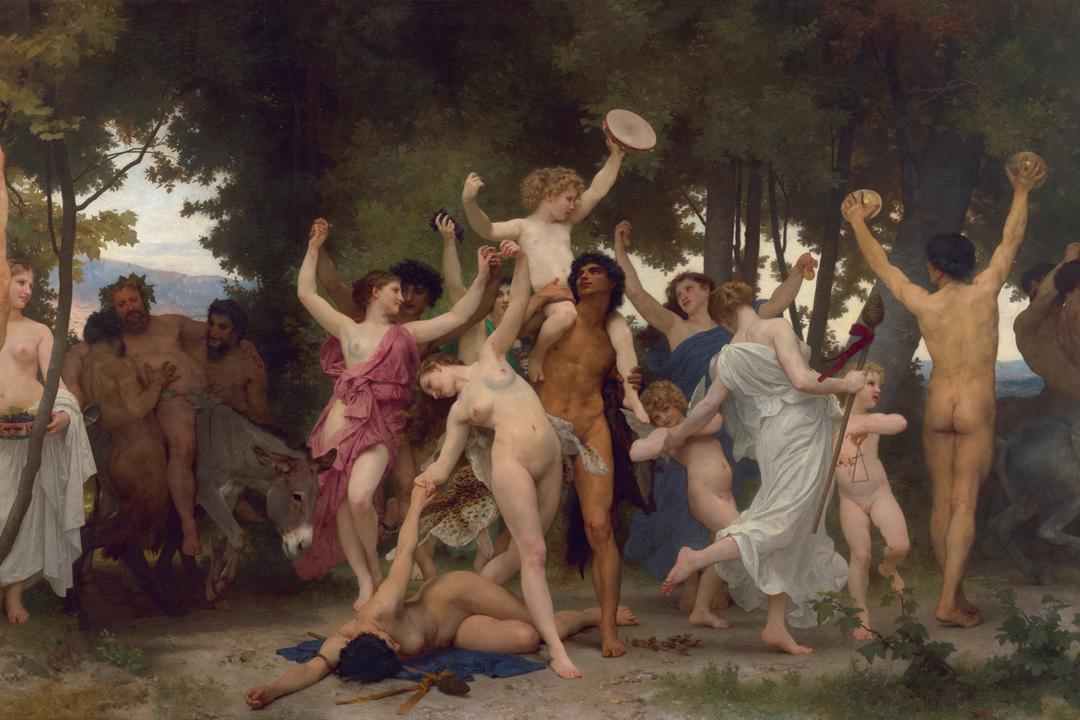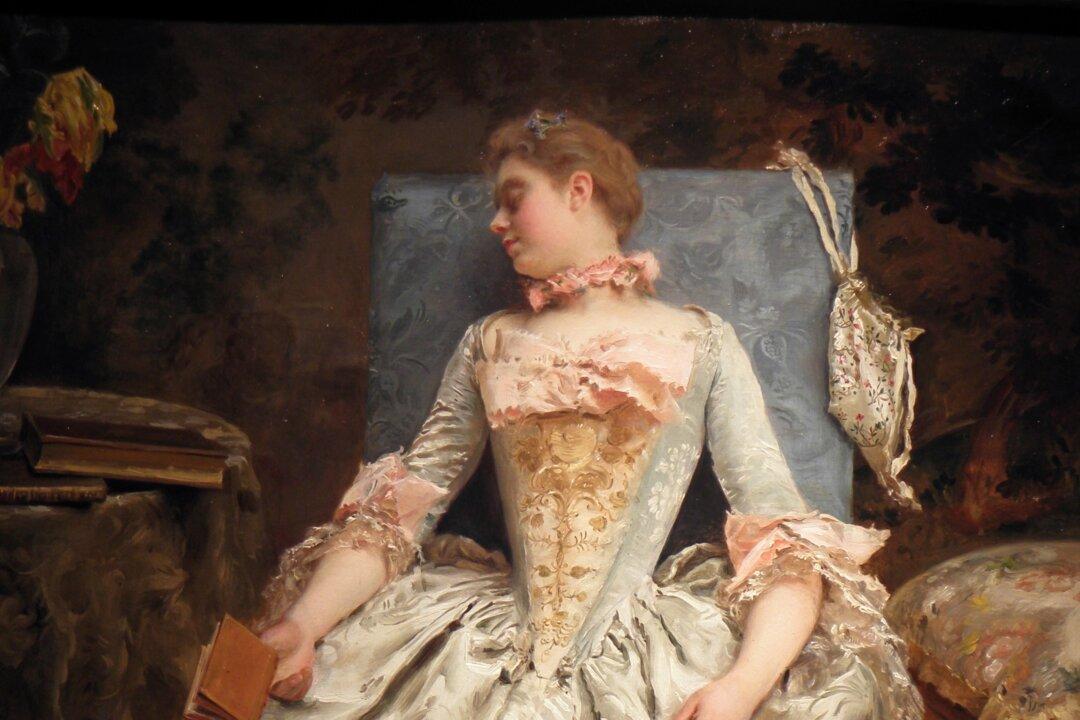The term “contemporary art” has long been associated with the modernist and postmodernist movements because at the time those trends emerged, the words “contemporary art” or “modern art” also meant the art of the day. However, these movements started decades ago, and today the terms have become misleading.
A new movement of living artists is taking back the word “contemporary” and associating it with the traditional techniques of the old masters applied to the human experience as well as important subjects of the times.
The general public is growing tired of art that needs long explanations and justifications. More and more people want to recognize what they are looking at and respond to it on a humanist level rather than a purely conceptual one.
The contemporary realist movement first started as a reaction to the modernists and postmodernists, who still dominate the art market today.
When one can take a found object, put it in a museum and call it art, the general feeling among this growing movement is that the definition of art has become so broad that the word “art,” as defined by the current art establishment, ceases to have meaning.
The modernist movement originated in the early 1900s, and one critic of that time noted, “The avowed purpose of art has been tampered with by introducing the elements of a missing-word composition. ... Many friends of art expect that it will meet its fate, but a few champions see a revolution in progress.” [1]
The modernist underdogs quickly took hold of the art world, completely dominating it by the end of the 1940s. After the tragedy of two world wars and the Great Depression, humanity was left with a heart of cynicism and a mind filled with existentialist thoughts, two qualities that modern and postmodern art took to its core.
In reaction to this negative view on humanity and its accomplishments, the contemporary realists felt mankind was best served by depicting through art, the qualities in life that unite us as people, rather than the debasement of civilization.
Nothing says more about a culture than the art it idolizes. Art represents what a culture values, what its people think about, and essentially what they deem worth remembering. Art is the representation of a people, encapsulating their essence on every level.
These artists believe there is more to great art than Marcel Duchamp’s “Fountain,” which is really nothing more than a toilet, or Jackson Pollack’s oeuvre, which is nothing more than splattered paint.
Contemporary realists looked back at the art that pre-dated those global catastrophes, to the old masters, and especially the classical artists of the 19th century, whose works reached their zenith just before the onset of modernism. They are now the progenitors of a renaissance with new themes encapsulating freedom of speech through visual storytelling.







